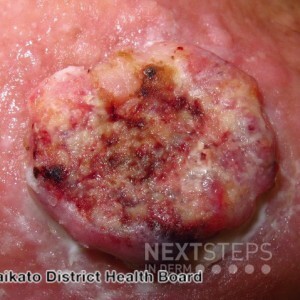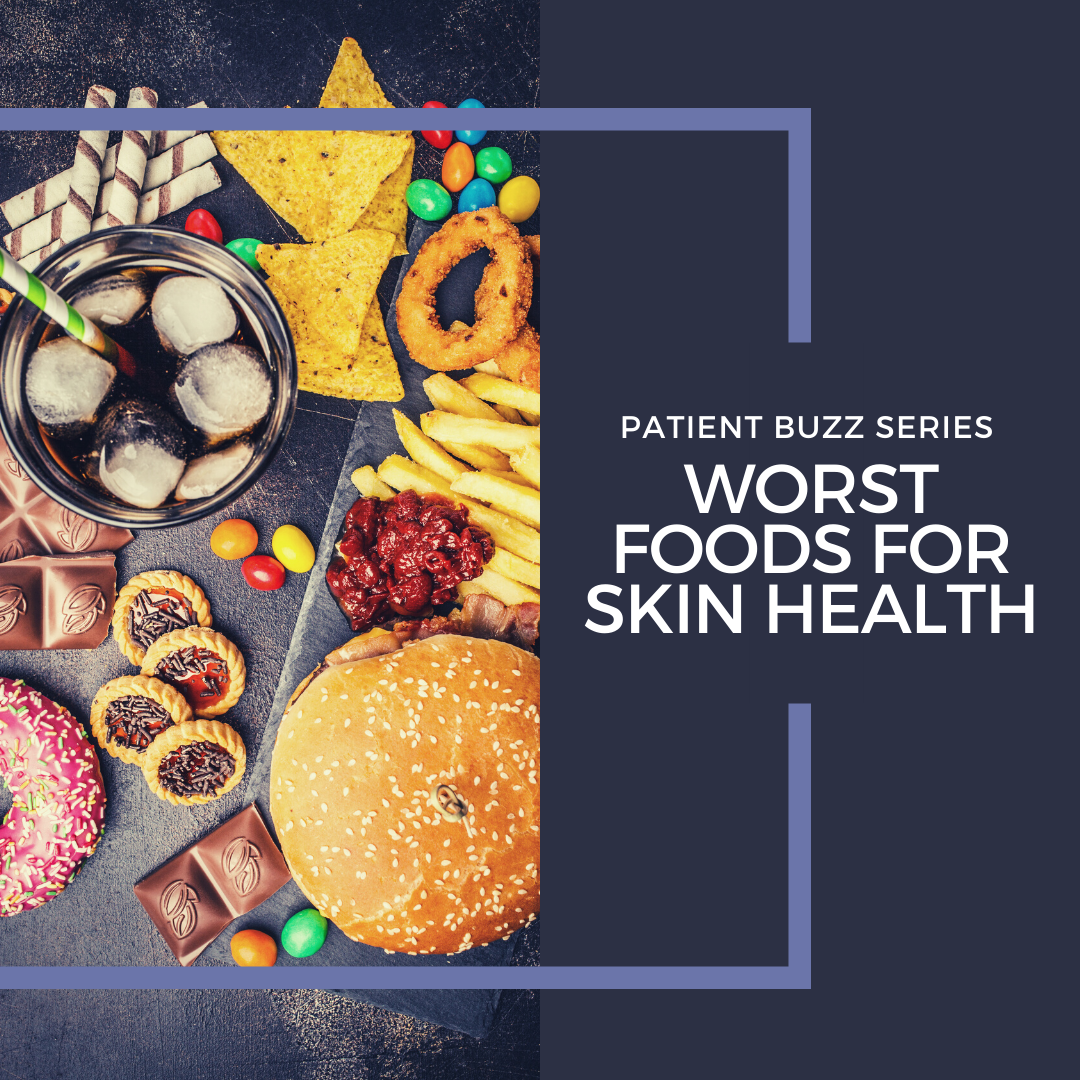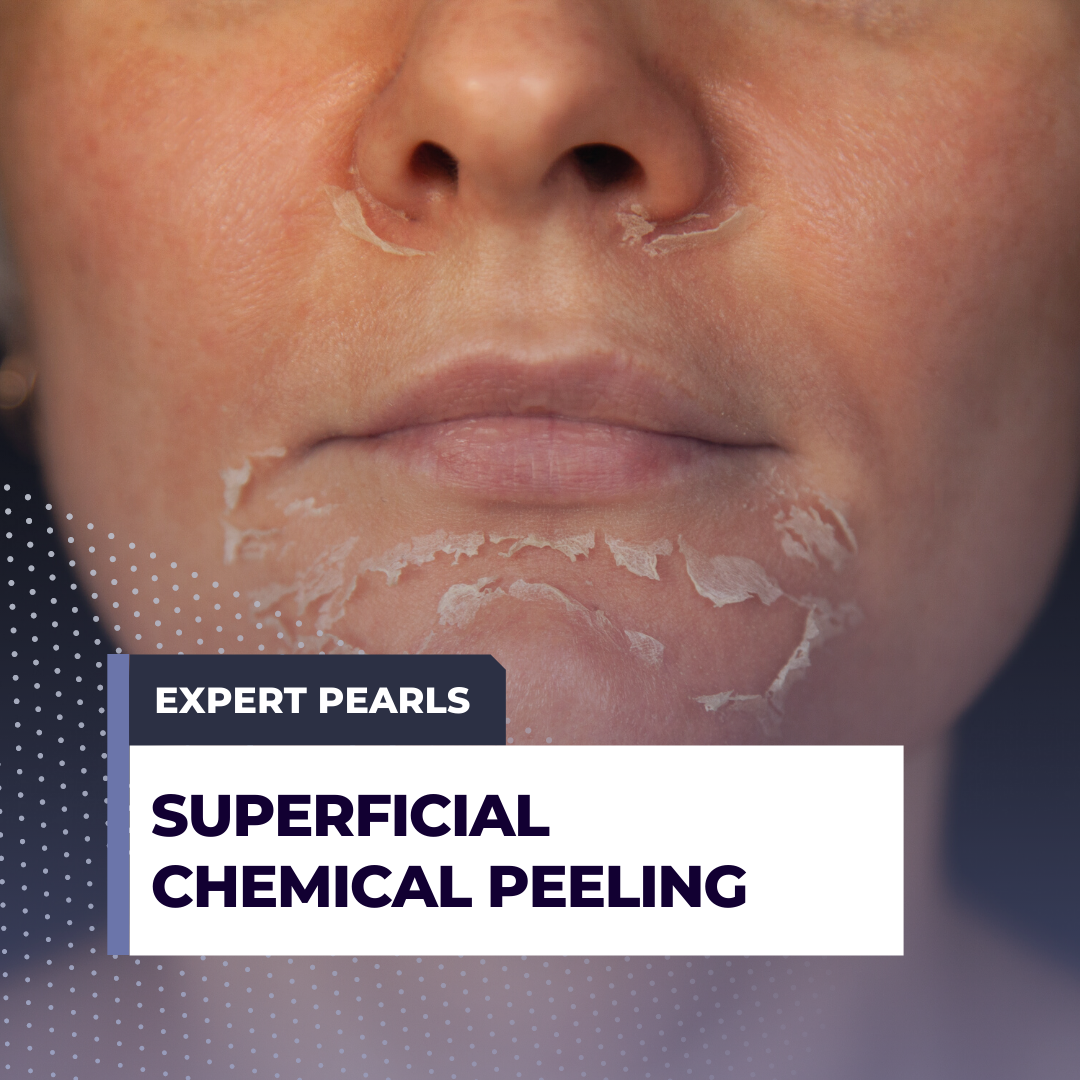What’s New from La Roche-Posay in 2022?
Join us for a 60 minute webinar on two unique topics that impact the health and beauty of the skin:
Photoprotection Update – How COVID-19 and Working from Home Changed Sun Safe Behaviors
Neal Bhatia, MD, FAAD
Director of Clinical Dermatology
Therapeutics Clinical Research
Cosmeceuticals for Preventative and Restorative Aging
Patricia Farris, MD, FAAD
Sanova Dermato …

 A 65-year-old male patient with a history of chronic sun exposure presents with the lesion pictured that has developed over the past year. The histopathological findings are notable for enlarged keratinocytes infiltrating into the dermis. What type of mutation is most commonly seen in the pathogenesis of this tumor?
A. Transition
B. Transversion
C. Termination
D. Pyrimidine dimer
…
A 65-year-old male patient with a history of chronic sun exposure presents with the lesion pictured that has developed over the past year. The histopathological findings are notable for enlarged keratinocytes infiltrating into the dermis. What type of mutation is most commonly seen in the pathogenesis of this tumor?
A. Transition
B. Transversion
C. Termination
D. Pyrimidine dimer
…  Nutrition is a popular topic in this month’s Patient Buzz. What foods accelerate skin aging? What happens to the skin when you cut out sugar? Will cutting out dairy result in clear skin?
Your patients may ask you questions based on what they have read in the media. Be prepared for your next office visits by reviewing this list of dermatology articles from the consumer press:
Allure …
Nutrition is a popular topic in this month’s Patient Buzz. What foods accelerate skin aging? What happens to the skin when you cut out sugar? Will cutting out dairy result in clear skin?
Your patients may ask you questions based on what they have read in the media. Be prepared for your next office visits by reviewing this list of dermatology articles from the consumer press:
Allure …  Chemical peels are the third most commonly performed noninvasive cosmetic procedure in the United States, with over 1 million peels performed annually.
Peels can treat a variety of skin conditions including acne, conditions of hyperpigmentation, and skin irregularities from chronic sun damage. Multiple peels on a repeated basis are usually necessary to obtain optimal results. The frequency of …
Chemical peels are the third most commonly performed noninvasive cosmetic procedure in the United States, with over 1 million peels performed annually.
Peels can treat a variety of skin conditions including acne, conditions of hyperpigmentation, and skin irregularities from chronic sun damage. Multiple peels on a repeated basis are usually necessary to obtain optimal results. The frequency of …